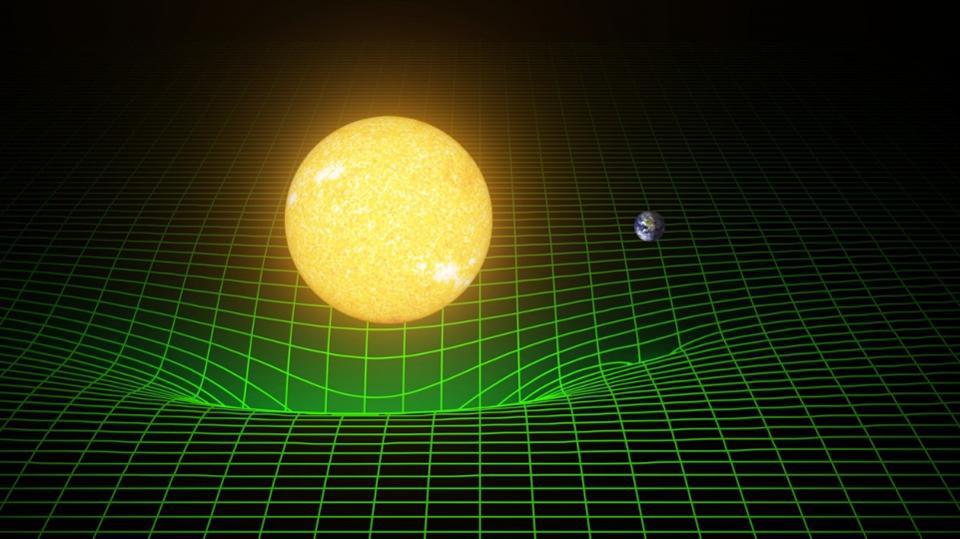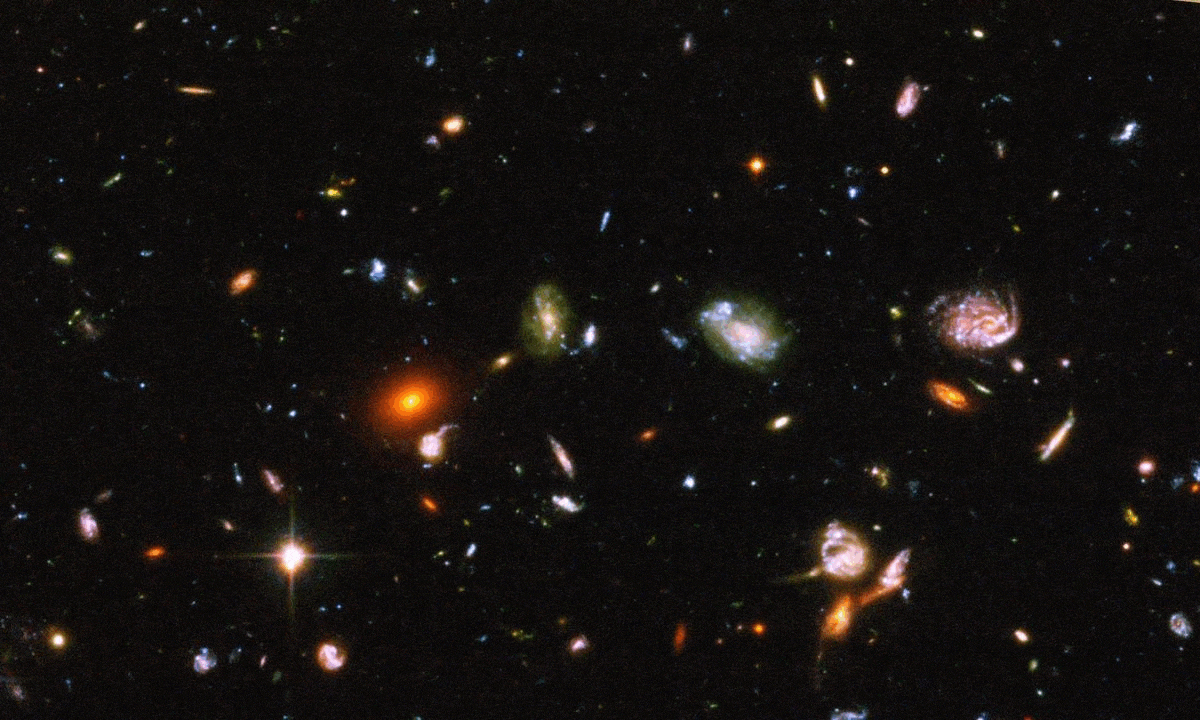Ask Ethan: Why do sunbeams look like… sunbeams?

They’re not just for dogs and cats to lay in; there’s a real, physical story behind them!
“The sacred rights of mankind are not to be rummaged for among old parchments or musty records. They are written, as with a sunbeam, in the whole volume of human nature, by the hand of the divinity itself; and can never be erased or obscured by mortal power.” –Alexander Hamilton
Look towards the Sun on a partly cloudy day when it ducks behind those clumps of atmospheric water, and you might see a familiar sight: rays of light poking through the clouds, streaming down towards the ground. Sometimes they appear parallel; other times they appear to diverge. And sometimes, you can even see the shape of the Sun through the clouds themselves. Why does this happen? For this week’s Ask Ethan, Joe B wants to know:
Can you explain to me why it is that on a partly cloudy day you can see rays of light radiating from the sun through the clouds? It seems to me, that since the Sun is vastly larger than the Earth, and I assume that the photons from the Sun travel more or less in a parallel direction we should be seeing the entire sky lit up equally rather than a relatively small ball of light.
Most people never stop and think about how surprising it is that sunbeams exist at all.

On a typical sunny day, the entire sky is illuminated. The Sun’s rays strike the Earth as though they were mostly parallel, given how large and distant the Sun is compared to the diameter of the Earth. And the atmosphere is mostly clear enough that all the sunlight either travels straight down to the Earth’s surface or gets scattered omnidirectionally. This latter effect is why, on a cloudy, overcast day, you can still see things; the atmosphere does a great job of dispersing the Sun’s light to fill up the surrounding environment.

This is also why, on a bright, sunny day, if you look at your shadow, the shadowed region might be darker than the others, but it’s still illuminated. If you look at your own shadow during the day, you can still view everything on the ground, just the same as if the Sun dips behind a cloud, and everything drops down to the same “dimness” as your shadow; it’s still illuminated by the scattered light.

So with all this in mind, let’s come back to the sunbeam phenomenon. Why, when you have the Sun behind the clouds, can you sometimes see “beams” of light shining across the land? And why do they sometimes look like parallel “shafts” while other times they look like they’re converging back towards the Sun?

The first thing you have to realize is that the scattering component of sunlight — the part that hits particles in the atmosphere and heads in all directions — is always there, whether the Sun is behind the clouds or not. That’s why there’s always a base level of light during the day; that’s why it’s “day” at all, and why you have to go deep inside of a cave to find darkness under normal daytime conditions.

So then, what are the beams? They originate from either gaps or very thin parts of the clouds (or trees, or whatever else is opaque), where the direct sunlight isn’t effectively blocked. This direct light appears brighter than every place around it, but it only makes a visual impression on us when it’s beaming in relief against a shadowy backdrop! There’s nothing notable about this bright light when it’s everywhere; our eyes adjust. But if you have a bright beam of light shining brighter than the regions around it, your eyes won’t hesitate to process and alert you to the difference.

And what about the shape of the beams? You might instantly think that these clouds are like prisms or lenses, diverging or refracting the light beams and causing them to spread out. But that’s not actually the case; the clouds themselves absorb and re-emit the light pretty evenly in all directions, which is why they’re not transparent. It’s only where the clouds don’t absorb most-or-all of the light that you get the sunbeam effect. As it turns out, these “beams” actually are, to the best we can measure, truly parallel lines, consistent with the Sun being extremely far away. If you found some sunbeams that were directed neither towards you nor away from you, but perpendicular to your line-of-sight, you’d find exactly that.

Edhat Online Magazine, via http://www.edhat.com/daypics2011/blackwhiteclouds1.jpg.
The reason most sunbeams appear to “converge” towards the Sun is the same reason that roads or railroad tracks appear to converge towards a vanishing point: these are parallel lines that happen to be closer to you at the “near” end than the far end. The reason for this is simple: the Sun is very far away, and the sunbeam’s point of origin — from the clouds — is farther away from you than the sunbeam’s landing point! It might not always be obvious, but that’s why they take on the “beam” shape, something that’s extremely pronounced when it’s apparent how much closer to you the end of the beam actually is.

So the reason you have a beam at all is because of the perspective of the surrounding shadows, and our eyes’ ability to pick out the relative brightness of direct sunlight against a surrounding backdrop of relative darkness. And the reason the beam appears to have an “opening” or diverging shape is because of perspective, and the fact that these truly parallel rays of light are landing closer to us than they originate at the bottoms of the clouds. That’s the science of sunbeams, and why they look the way they do!
Send in your Ask Ethan questions to startswithabang at gmail dot com.
This post first appeared at Forbes, and is brought to you ad-free by our Patreon supporters. Comment on our forum, & buy our first book: Beyond The Galaxy!





